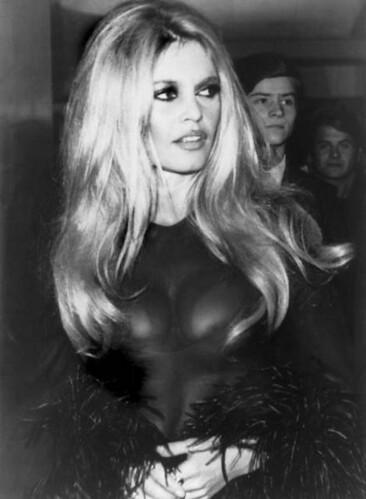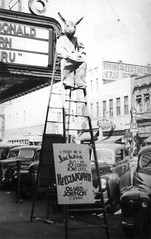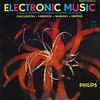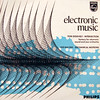August Darnell aka Kid Creole (Montreal, Canada, 12 August, 1950) is a Canadian musician who has been involved in several dance-oriented projects in New York in the late 1970s and early to mid 1980s. Projects include Dr. Buzzard’s Original Savannah Band[0] (led by Darnell’s brother Stony), Don Armando’s Second Avenue Rhumba Band[1], Gichy Dan’s Beechwood #9, the “mutant disco” of Aural Exciters and, of course, Kid Creole and the Coconuts[2], as well as “solo” projects involving Andy “Coati Mundi” Hernandez[2,5], Taana Gardner[3], Fonda Rae[4]. and Lizzy Mercier Descloux[5]. Some of the more (and less)obscure offerings of Darnell have been released on an music compilation in 2008 by Strut Records as Going Places: The August Darnell Years 1976-1983.
Click the number to listen to the tracks, not all tracks are Darnell projects, but also just of the artists mentioned.
Fonda Rae in Machine’s “There but for the Grace of God Go I”[4] is world music classic 38, and has an interesting bit of music censorship history behind it, perhaps more on that later.







